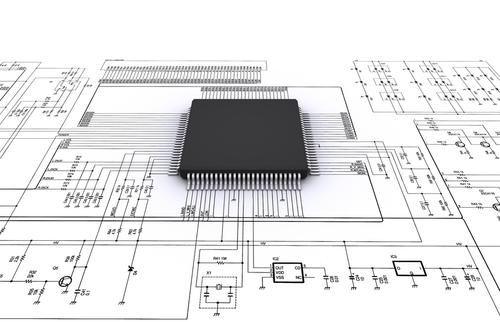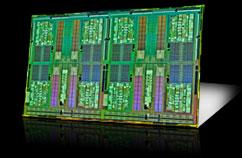The success of AMD’s SeaMicro dense-server business was one of the few bright spots in the company’s fourth-quarter earnings. “We believe we already have significantly more dense server customer installations than any other competitor, making our SeaMicro technology the most tried dense server solution available in the industry,” Rory Read, AMD CEO, told analysts and media during the earnings call,
according to a transcript.
AMD’s Finances Overshadow Its Products
That was small consolation for AMD, which lost $473 million on revenue of $1.16 billion—a significant drop from the same quarter a year ago, when the company lost $177 million on revenue of $1.69 billion. In fact, AMD’s revenues have steadily declined over the past four quarters; it now has $1.2 billion of cash on hand. In a conference call with analysts, Read and other executives were forced to note the minimum amount of cash necessary to keep operations going: $700 million. AMD’s overarching financial situation is currently overshadowing any success it is enjoying with its individual products. AMD has traditionally struggled to keep up with its larger competitor, Intel, which enjoys a lead of about a full process step with regard to its manufacturing operations. Although Intel must keep investing in manufacturing infrastructure, Intel can ride the advantage of Moore’s Law, either offering lower power or faster speeds than its competitors. AMD managed to buy some time by bivesting its in-house manufacturing business into GlobalFoundries (which it now relies on as a third-party chip foundry) and receiving a $600 million investment from the UAE’s Mubadala Development Co. in 2007. But now the company is struggling financially yet again. In October, AMD said it would cut its work force of nearly 12,000 by 15 percent, saving about $80 million in the process. On top of all that, it was forced to pay Globalfoundries some $130 million as part of a limited exclusivity plan, which came with a “take or pay” wafer agreement.
Windows 8 Drags AMD Down
Aside from all that, AMD arguably did fairly well. Server revenue increased sequentially, driven by SeaMicro, and the overall selling prices for microprocessors also rose. That generally equates to a rise in profits. AMD recently released
a motherboard based on Open Compute technology as part of what senior vice president Lisa Su called a “doubling down” in the dense server space. Overall, AMD is trying to shift away from being a generic PC supplier into so-called “adjacent” markets: dense server, semicustom chips, embedded, and ultra-low power clients. But AMD is also beholden to the overall market. PC sales slowed as the market waited for Windows 8’s launch at the end of October—and then the operating system failed to ignite a wave of frantic buying among consumers and businesses. Overall client-computing revenue has dipped as a result, by 13 percent. "From my perspective, as I look at the PC market, that market’s going to continue to be choppy in 2013, particularly in the first half," Read told investors, adding that he considered Windows 8 important for the industry even if the software needs some time to mature: “As I look at the overall year, weaker in the first half, stronger in the second half, [overall] flat to slightly down. That’s our view of it." Read said he’s banking on AMD’s restructuring, its focus on adjacent markets, and products such as the Kabini (the first industry quad core X86 SOC) and Temash (a high-performance tablet chip) to save AMD. But with AMD’s bank account hovering barely above minimal levels, how many quarters of subpar sales can it survive?
Image: VladimirV/Shutterstock.com 
